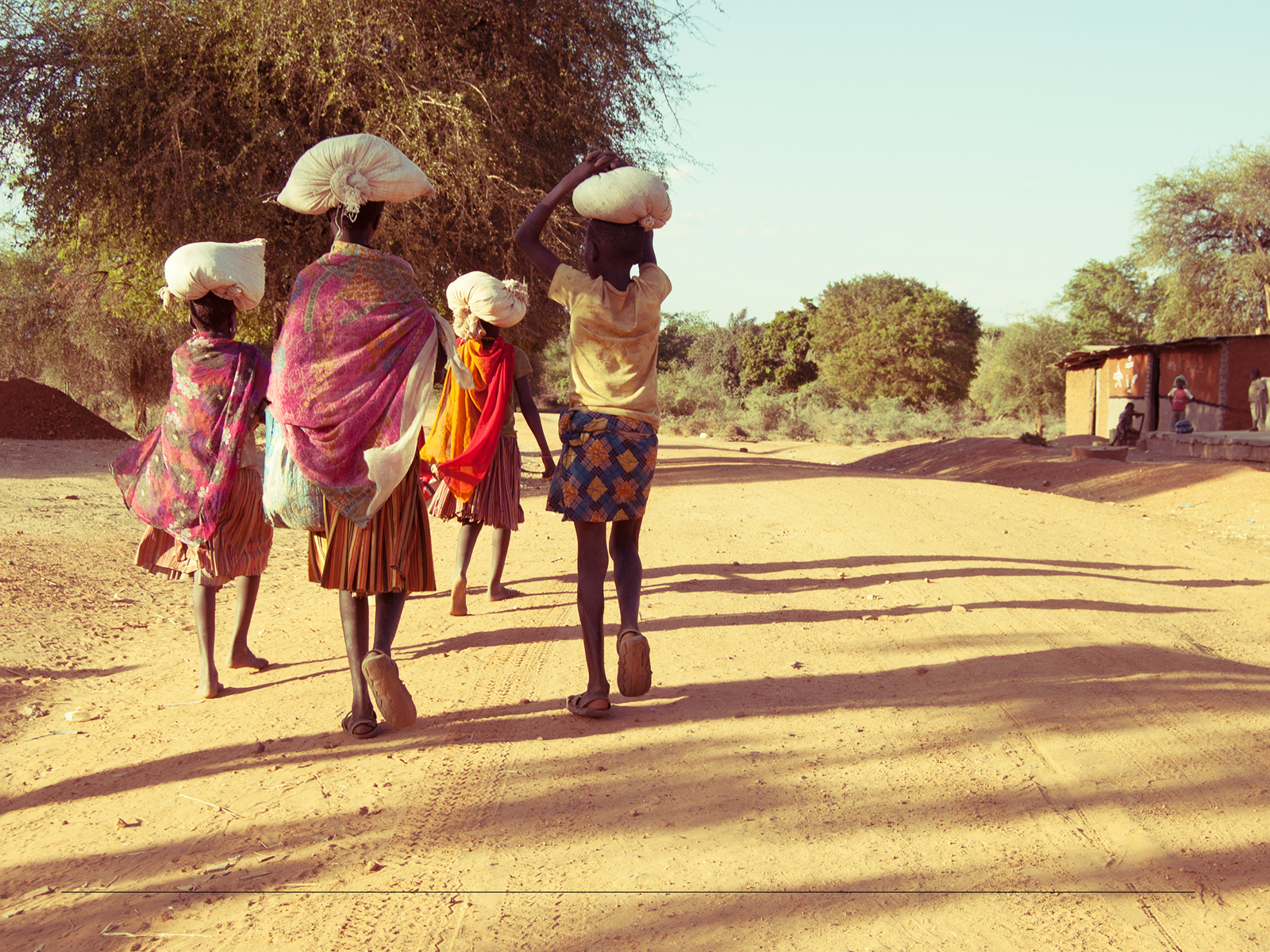June 1st is Global Day of Parents and is a timely reminder of the need to understand why children from struggling households all over the world find themselves living in institutions and are often unnecessarily separated from their families.
Children’s homes on the rise
The number of children’s homes and other child care institutions in low- and middle-income countries is growing. These institutions view their role as providing protection, nutrition and education to children in difficult living situations. Many are funded by NGOs, faith-based organisations and child sponsorship schemes from individuals abroad, but the number of locally-run institutions is also on the rise. According to International Child Campaign, a children’s rights advocacy organisation, there were roughly 50 child care institutions in Uganda in 1996. Today they number over 500. Many other countries in sub-Saharan Africa, Latin America and South-East Asia have seen similar increases.
This increase is problematic. There’s strong evidence that institutionalisation is simply not good for children anywhere, putting them at risk of short- medium- and long-term damage to their development prospects. To counter this, pronounced efforts have been made to reform child care policies and international standards and policies have been established to protect children, such as the Convention on the Rights of the Child, and the UN Guidelines on the Appropriate Use of Alternative Care which rejects material poverty as a legitimate reason for institutionalisation of a child.
Crucially, organisations that promote the institutionalisation of child care often make no attempt to address the circumstances that drive separation in the first place. For example, in sub-Saharan Africa, as well as many other regions, it is evident that there are a number of root, underlying and immediate causes that both ‘push’ and ‘pull’ children from their homes and into child care institutions. Root causes include the deterioration of social norms which promote communities coming together to support vulnerable families and a lack of economic opportunities. For example, families that are most vulnerable to separation are also more likely to have children and adolescents who are engaged in exploitative child labour. Underlying causes include issues like caregivers’ stress at being unable to provide for children.
Cause and effect
More immediate reasons are those that are typically considered development issues and, as a result, they can be more visible on the agendas of policymakers: food insecurity, poor quality education and inequity in health service provision. Unsurprisingly, the lowest-income families are at the highest risk of separation. In low- and middle-income countries, families facing such pressures often have limited places to turn to for support. As a local government official in Uganda explained: “People value child care institutions because they provide accommodation, food, education and for some people this is an opportunity they don’t have where they come from.” Simply put, institutions may seem the best solution to struggling families with few options.
The heart of it
The well-intentioned actions of those who establish and run child care institutions (and those who ‘sponsor’ the individual children in them) are a response to a very real need. However, they also obscure the responsibility and efforts of governments to fulfil the rights of their citizens. In particular, countries which have ratified the UN Convention on the Rights of the Child have a responsibility to parents/caregivers and children, which demand that they address the fundamental reasons as to why children end up in institutional care.
Lasting change requires reform of national child care policy, such as measures passed in the UK which effectively abolished large-scale institutionalisation of children, and more recently in the Republic of Georgia—often cited as a success story in child care reform among lower-middle income countries. Change also requires improved, equitable access to decent services (including livelihoods support) for vulnerable households. This would address both the push and pull factors that lead to children ending up in institutions. Central to this is the need for governments to recognise that child care is a development issue that cuts across other policy issues (health, education etc.) and as such needs to be addressed with, not in isolation from, these areas.
Many low- and middle-income country governments have already started making important progress in the field of child care, but continued financial and public support is needed for serious policy shifts and more programmes to tackle the root causes of separation. Only then will children and the parents they have been separated from be able to exercise their rights as families.
The views and opinions expressed in this article are those of the authors and do not necessarily reflect the views of The Economist Intelligence Unit Limited (EIU) or any other member of The Economist Group. The Economist Group (including the EIU) cannot accept any responsibility or liability for reliance by any person on this article or any of the information, opinions or conclusions set out in the article.




